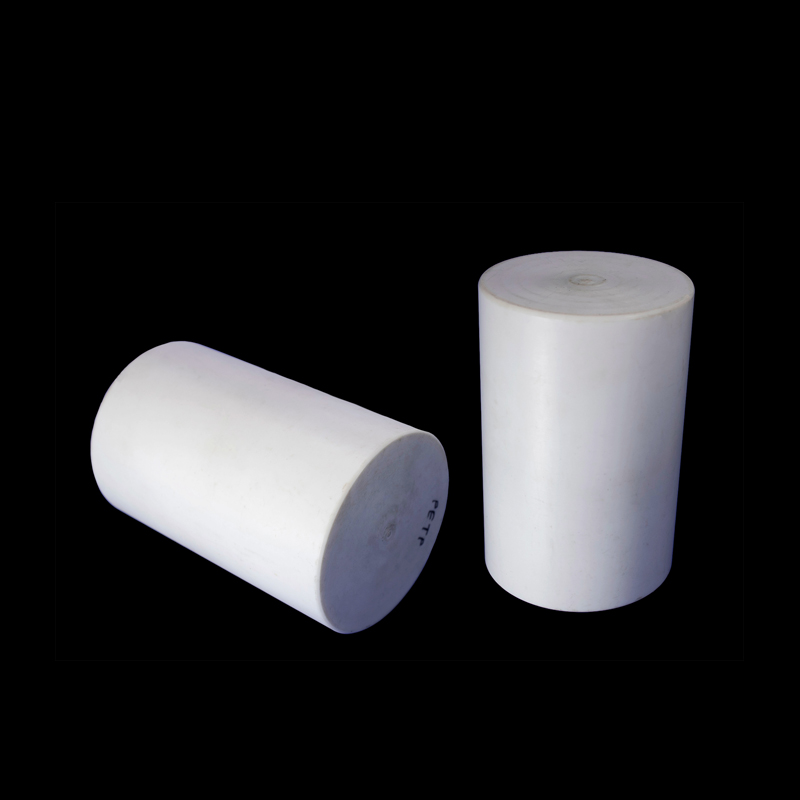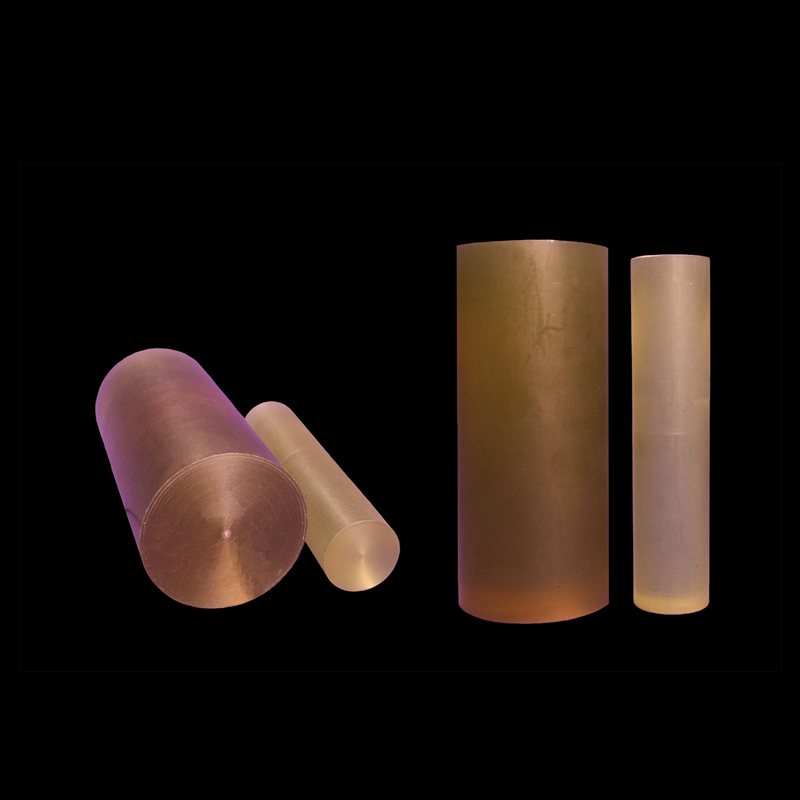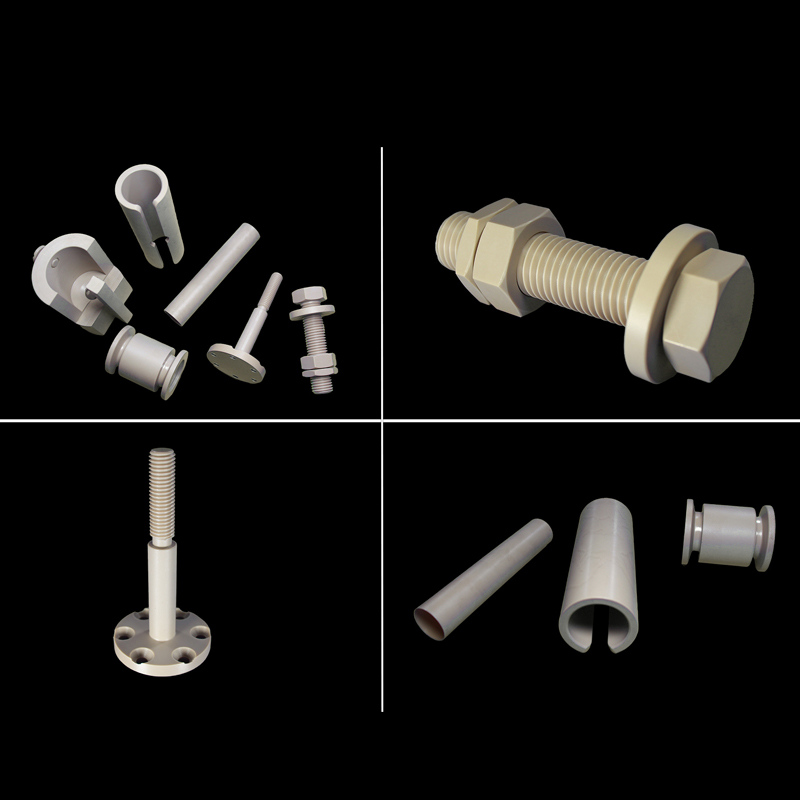
Engineering Plastics: Powering Up the Future of Renewable and Traditional Energy
The energy sector, encompassing wind, solar, and coal power plants, demands a diverse range of materials to optimize performance and durability. Engineering plastics are finding increasing applications in this industry due to their unique properties that contribute to efficient energy generation:
Wind Power:
Lightweight and High Strength:
Specific engineering plastics offer a balance of being lightweight yet strong, making them ideal for wind turbine blade components. This reduces weight on the turbine structure, potentially increasing energy output and reducing maintenance needs.
Wear Resistance:
Certain plastics exhibit excellent wear resistance, minimizing erosion from wind and sand, extending the lifespan of wind turbine blades.
Electrical Insulation:
Some engineering plastics provide good electrical insulation, crucial for protecting electrical components within wind turbines.
Solar Power:
Weather Resistance:
Engineering plastics offer excellent weather resistance, withstanding harsh sunlight, rain, and extreme temperatures without degrading. This ensures the longevity and performance of solar panels.
Flame Retardant Options:
Many engineering plastics are available with flame retardant properties, enhancing fire safety in solar power plants.
Transparency:
Certain plastics are transparent, allowing for maximum light transmission through solar panel covers, optimizing energy generation.
Coal Power Plants:
Corrosion Resistance:
Unlike metals, many engineering plastics are resistant to corrosion from coal dust and acidic environments, protecting equipment and extending service life.
High-Temperature Resistance:
Specific engineering plastics can withstand high operating temperatures encountered in coal power plants without melting or warping.
Wear Resistance:
Certain plastics exhibit excellent wear resistance, minimizing abrasion from coal handling equipment, reducing maintenance needs.
These properties translate to several advantages for the energy sector:
Improved Efficiency:
Lighter wind turbine blades, weather-resistant solar panels, and wear-resistant components contribute to overall improved energy production efficiency.
Enhanced Durability:
Corrosion resistance and high-temperature resistance extend the lifespan of equipment across various power plants, leading to lower replacement costs.
Reduced Maintenance:
Wear resistance minimizes the need for frequent replacements and repairs of critical components.
Fire Safety:
Flame retardant options in solar power plants contribute to a safer operating environment.
In conclusion, engineering plastics are playing a vital role in the energy sector's transition towards renewable energy and optimizing traditional power plants. They contribute to improved efficiency, durability, and potentially lower maintenance costs, leading to a more sustainable and cost-effective energy future.
Materials list



